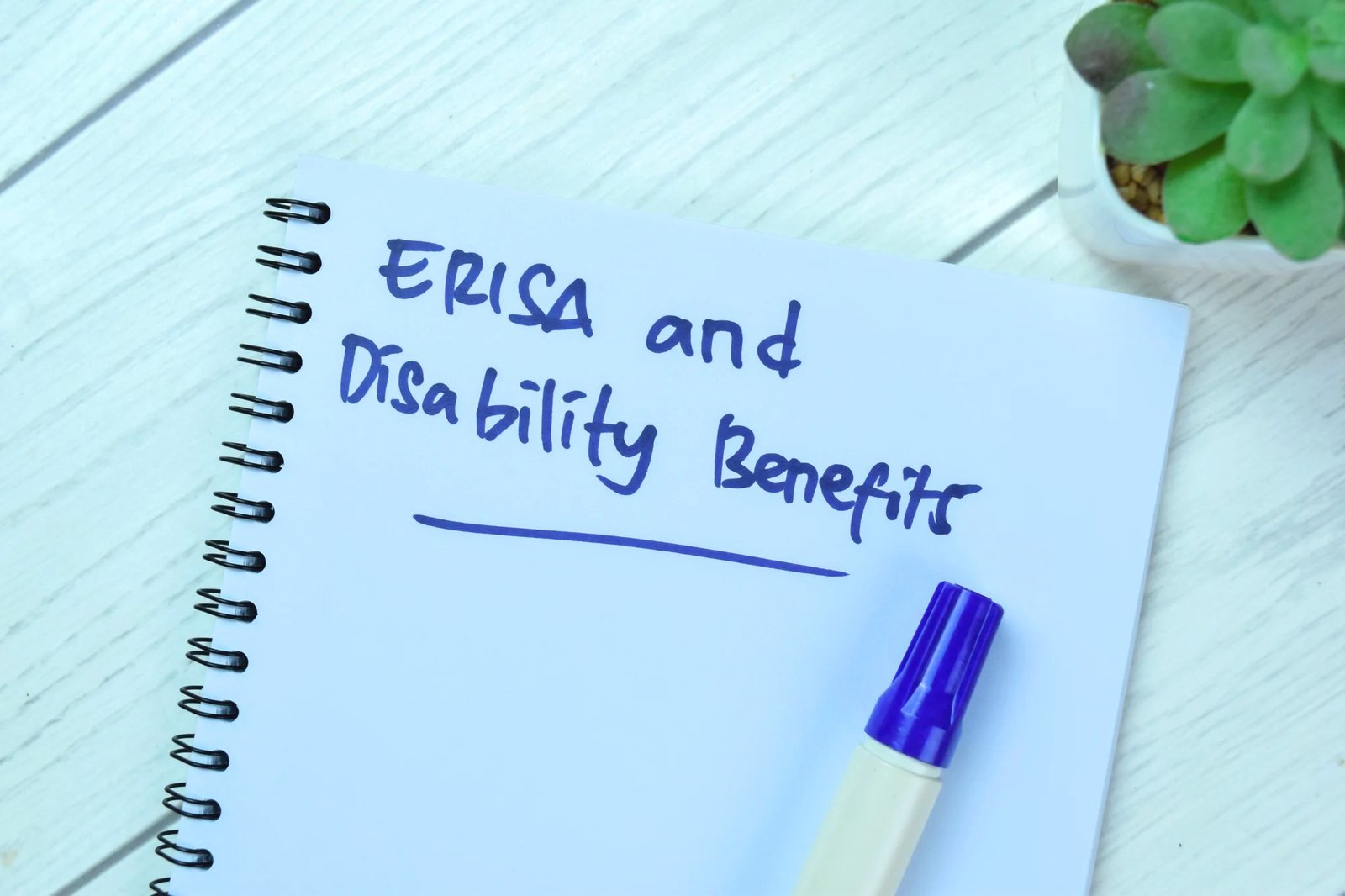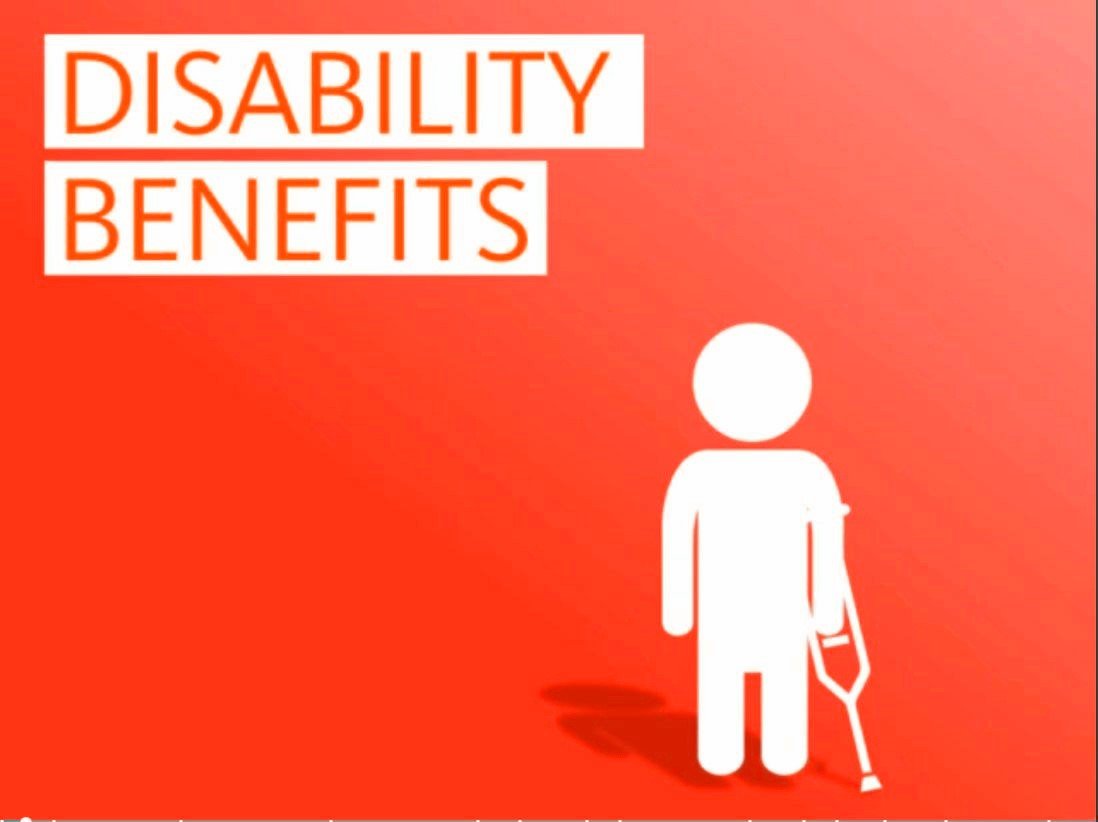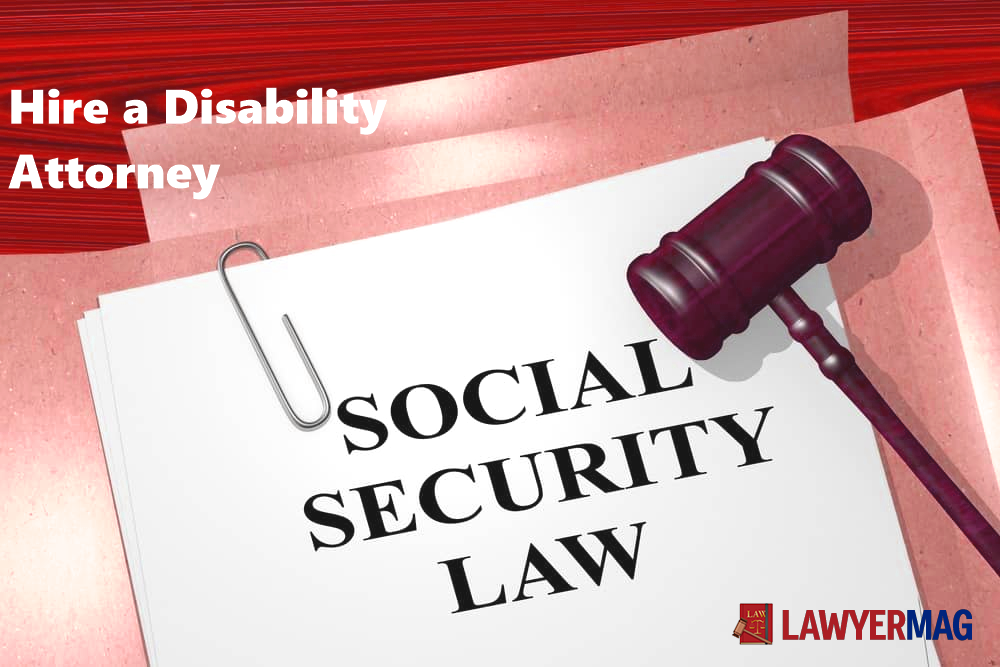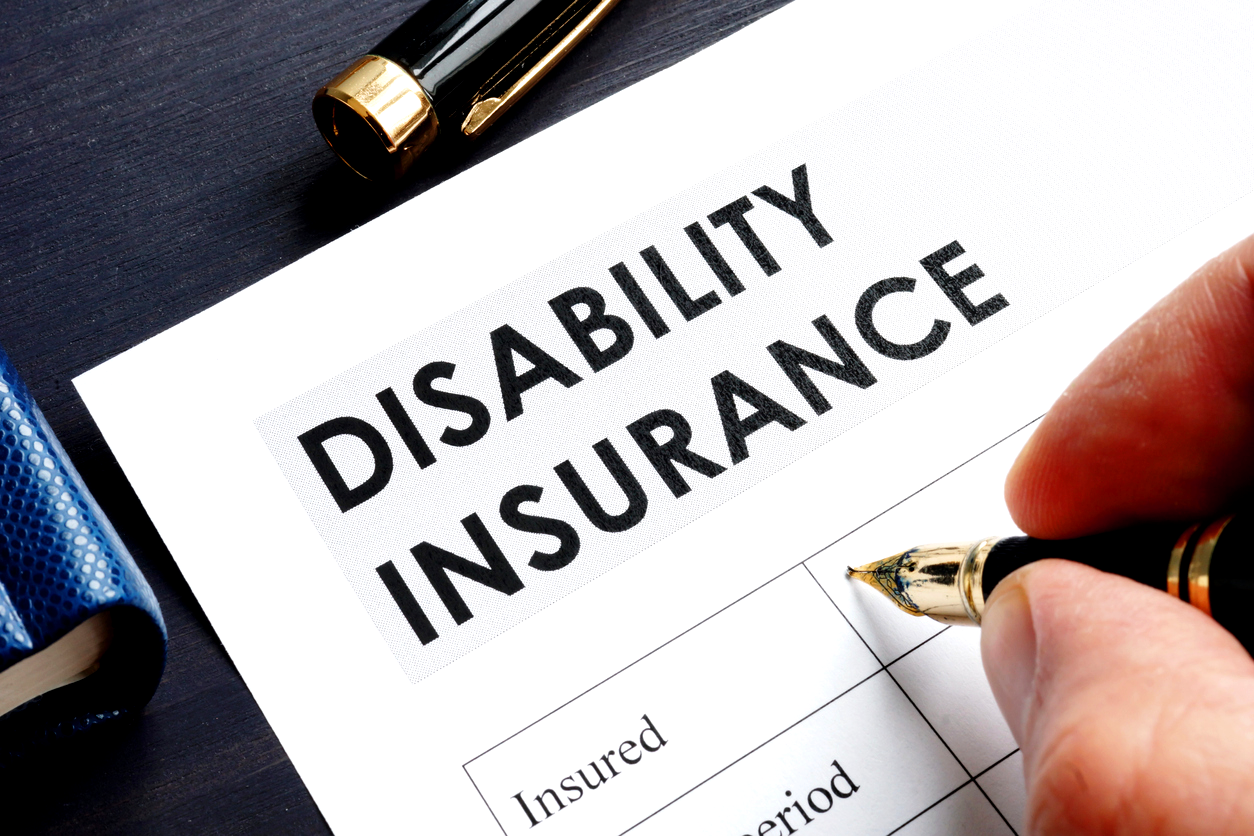Is it Possible to Get Fired from a Job While on Disability Leave?

In today’s dynamic working environment, where employee rights and workplace ethics are paramount, a crucial concern arises: Is it possible to get fired from a job while on disability leave? This article delves into the intricacies of this issue, addressing the legal aspects, common scenarios, and the steps you can take to protect your rights. So, let’s navigate this complex terrain together.
Disability leave is a vital provision that allows employees to take time off work due to medical conditions or disabilities without the fear of losing their jobs. However, concerns often arise regarding the security of one’s employment while on such leave. Let’s explore the details.
Understanding Disability Leave
Disability leave, often referred to as medical or sick leave, is a period during which an employee is temporarily excused from work due to a medical condition. This leave can be granted for various reasons, such as recovering from surgery, managing chronic illnesses, or addressing mental health issues.
Legal Protections
The legal framework varies from place to place, but many countries have laws in place to protect employees on disability leave. Understanding your rights under these laws is crucial. The Family and Medical Leave Act (FMLA) in the United States, for instance, ensures certain protections for eligible employees.
In the United States, the Family and Medical Leave Act (FMLA) provides job protection and continuation of health insurance benefits to eligible employees who need to take time off due to their serious health condition, the birth or adoption of a child, or to care for a family member with a serious health condition. FMLA offers up to 12 weeks of unpaid, job-protected leave annually. During this period, your employer is required to maintain your group health insurance coverage.
However, not all employees are eligible for FMLA protections. To be eligible, you must work for a covered employer and have worked a minimum of 1,250 hours in the 12 months before taking leave. Your employer must also have at least 50 employees within a 75-mile radius. Additionally, the leave must be for a qualified reason, and you must provide your employer with notice and medical certification.
Other countries may have similar laws or regulations in place, each with specific provisions for job protection and benefits during disability leave. It’s crucial to familiarize yourself with the applicable laws in your region to understand your rights and protections fully.
Reasons for Termination
While being on disability leave typically safeguards your job, some situations may warrant termination. Legitimate reasons could include company downsizing, position elimination, or if the disability renders you unable to perform essential job functions even with accommodations.
It’s important to note that if your disability prevents you from performing the essential functions of your job, even with reasonable accommodations, your employer may have a valid reason for termination. However, they are obligated to engage in an interactive process with you to determine what accommodations can be made to enable you to perform your job. If no reasonable accommodations can be identified and you are unable to complete the job, termination may be the result.
Challenges You May Face
Getting fired while on disability leave can be a complex situation. It’s essential to recognize the challenges you might encounter, such as miscommunication with your employer, unclear policies, or potential discrimination. Some employers may not fully understand the legal requirements regarding disability leave or may inadvertently violate your rights.
Miscommunication can lead to misunderstandings about the expected duration of your leave, the status of your job, or your rights upon return. It’s crucial to maintain clear and open lines of communication with your employer to avoid such issues.
Read: 7 Hints You Might Need to Hire a Disability Attorney
Seeking Legal Recourse
If you believe you were wrongfully terminated while on disability leave, you have the right to seek legal recourse. Consult with an employment attorney who can guide you through the process of filing a complaint and pursuing justice. An experienced attorney can help you understand the specific laws that apply in your case and determine if your rights were violated.
When pursuing legal recourse, it’s important to provide your attorney with all relevant documentation, including medical records, communication with your employer, and any evidence of discriminatory actions. These documents can strengthen your case and increase your chances of a favorable outcome.
Importance of Documentation
One of the key steps in protecting your rights is maintaining proper documentation of your disability, leave requests, and any correspondence with your employer. This paperwork can serve as crucial evidence in a dispute. Keeping detailed records of your medical condition and the steps you’ve taken to request and manage your disability leave is essential.
Documentation should include medical certificates, emails or letters regarding your leave, notes from conversations or meetings with your employer, and any accommodation requests or responses. This information can be invaluable if you ever need to prove that you were treated unfairly during your leave.
Communicating with Your Employer
Open and clear communication with your employer is essential. Inform them about your disability leave as soon as possible, providing necessary medical documentation and updates on your condition. Transparency can help prevent misunderstandings.
When discussing your disability leave with your employer, it’s important to address key aspects, such as the expected duration of your leave, your willingness to cooperate in finding reasonable accommodations, and your commitment to returning to work once you’ve recovered.
Know Your Rights
Understanding the specific laws and regulations protecting you during disability leave is paramount. Knowing your rights empowers you to assert them confidently and make informed decisions regarding your employment. As mentioned earlier, laws like the Family and Medical Leave Act in the United States provide crucial protections for eligible employees.
In addition to FMLA, various states may have their own laws that expand on these protections or offer additional benefits. For example, some states offer paid family and medical leave, which can provide financial support during your leave.
By educating yourself about your rights and the available resources, you can navigate the complexities of disability leave with confidence. If you have any doubts or questions, consider consulting with an attorney or contacting your state’s labor department for guidance.
Exploring Alternative Options
If your job is at risk, it might be wise to explore alternative employment opportunities or programs that can provide support while you’re on leave. Vocational rehabilitation or job training programs could be viable options.
Vocational rehabilitation programs are designed to help individuals with disabilities prepare for, obtain, and maintain employment. They offer various services, including career counseling, job training, and assistive technology evaluations, to help you re-enter the workforce successfully.
Returning to Work
After your disability leave, it’s essential to coordinate your return to work with your employer. This includes discussing any necessary accommodations and evaluating your ability to perform your job effectively. Communication is key in ensuring a smooth transition back into the workplace.
Your employer should engage in an interactive process with you to determine what accommodations, if any, are necessary for you to perform your job. This process may involve discussions about modifications to your work environment, changes to your job responsibilities, or other adjustments that can help you succeed in your role.
Maintaining Job Security
To maintain job security, consider taking proactive steps such as continuous communication with your employer, adhering to medical recommendations, and working towards improved job performance. It’s essential to demonstrate your commitment to your job and your willingness to collaborate with your employer to find workable solutions.
It’s also advisable to keep your employer informed about your progress and any changes in your medical condition. This way, they can provide the necessary support and accommodations to ensure your successful reintegration into the workforce.
Conclusion
In conclusion, it is possible to get fired from a job while on disability leave under certain circumstances, but legal protections exist to safeguard your rights. Proper documentation, clear communication, and knowledge of your rights are your best allies. Always consult with a legal expert when in doubt.
Frequently Asked Questions
- Can I be fired while on disability leave?
- While it’s possible under specific conditions, legal protections are in place to prevent wrongful termination during disability leave.
- What should I do if I think I was wrongfully terminated?
- Consult with an employment attorney to explore your legal options and file a complaint if necessary.
- How can I ensure job security during disability leave?
- Maintaining open communication, proper documentation, and understanding your rights are key to job security.
- Are there alternative options if I can’t return to my previous job?
- Yes, you can explore vocational rehabilitation or job training programs to help you transition back into the workforce.
- Is my job guaranteed when I return from disability leave?
- While job security is important, it may depend on your specific circumstances and the legal protections available in your region.




2 Comments